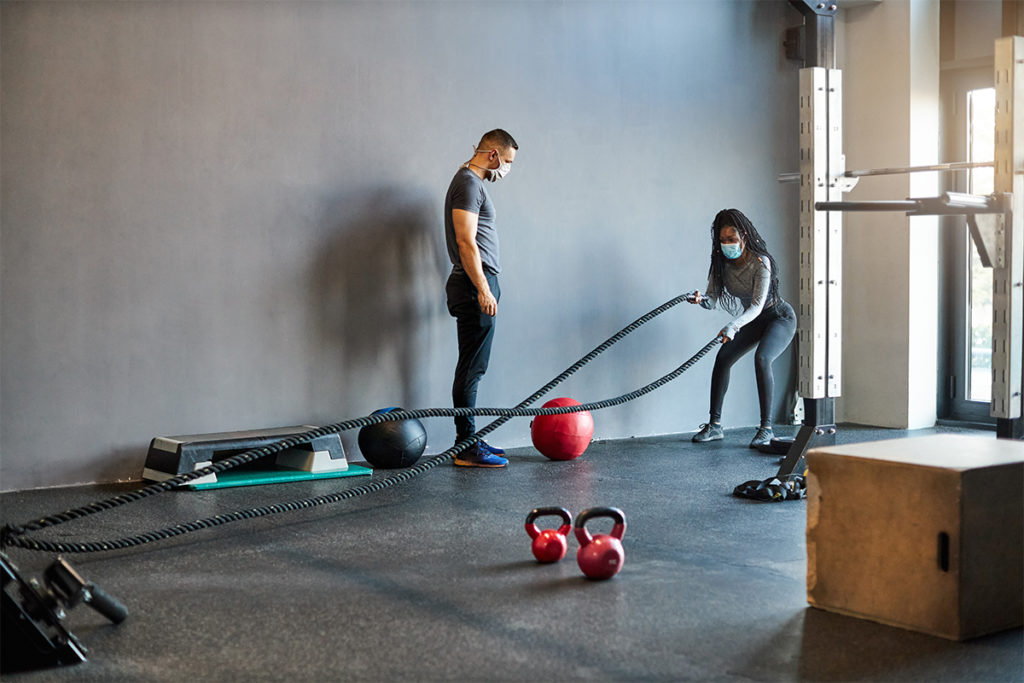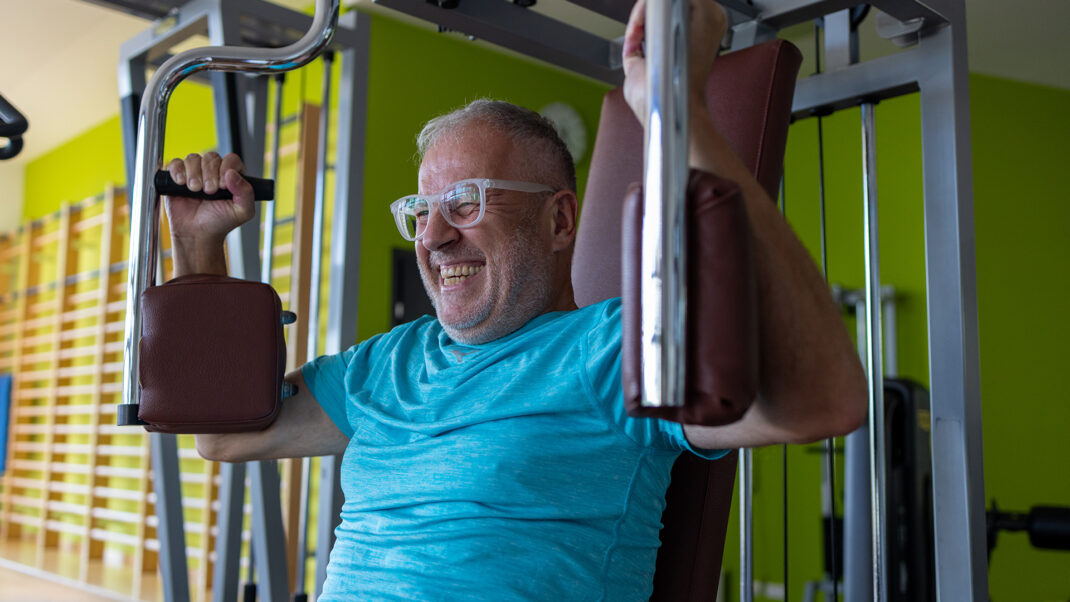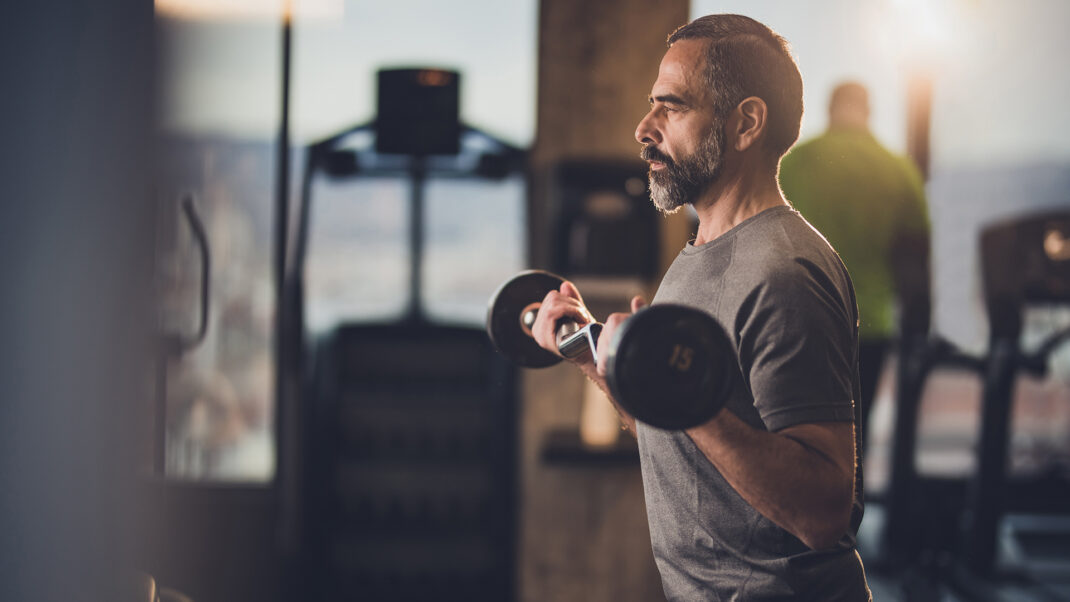Resistance Training Tips to Minimize Infection Risks
Study offers methods for adapting weight training to reduce virus transmission.

Rebuilding customer confidence in gym-based personal training requires not only taking extra safety measures but also communicating what’s being done. During the pandemic, fitness professionals can adapt resistance workouts so clients can still achieve health and immune system benefits while minimizing COVID-19 transmission risks.
The following tips, from an international scientific research group, offer insights on how to adapt resistance training to meet new logistical and health challenges “during a pandemic period and especially immediately after,” as reported in BioMed Research International (2020; doi:10.1155/2020/3292916). These practical, evidence-based tips are in addition to usual measures taken to disinfect equipment, ensure physical distancing and maintain safe air exchange (i.e., with air conditioning).
Wear masks. Allow for an adaptation and familiarization period for training with protective masks. Choose masks that optimize air flow while still offering protection. Studies show tolerance improves with familiarization.
Program fewer reps. Studies show that high repetitions result in higher oxygen consumption and pulmonary ventilation. Use this opportunity to train with heavier weights.
Use longer intervals between sets. Shorter rest intervals involve greater oxygen consumption and ventilation. A good compromise may be a 2- to 3-minute rest interval.
Cue slow, controlled movement. Faster movement velocity uses more oxygen and involves more ventilation.
Have fun with multijoint exercises. Choosing a few complex exercises and programming fewer reps enables a shorter, more efficient workout that requires less equipment and less space per person. This reduces exposure to potential infection and decreases the need for disinfection.
This training approach provides multiple benefits. Slow, controlled reps allow for more time under tension and contribute to building muscle strength and size. Low-velocity weight training can increase muscle strength and size in older and young people, even when absolute weight loads are low.
Study authors note that optimal training results are still best achieved in professional facilities with trained personnel.
Shirley Eichenberger-Archer, JD, MA
Shirley Eichenberger-Archer, JD, MA, is an internationally acknowledged integrative health and mindfulness specialist, best-selling author of 16 fitness and wellness books translated into multiple languages and sold worldwide, award-winning health journalist, contributing editor to Fitness Journal, media spokesperson, and IDEA's 2008 Fitness Instructor of the Year. She's a 25-year industry veteran and former health and fitness educator at the Stanford Prevention Research Center, who has served on multiple industry committees and co-authored trade books and manuals for ACE, ACSM and YMCA of the USA. She has appeared on TV worldwide and was a featured trainer on America's Next Top Model.






